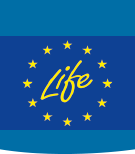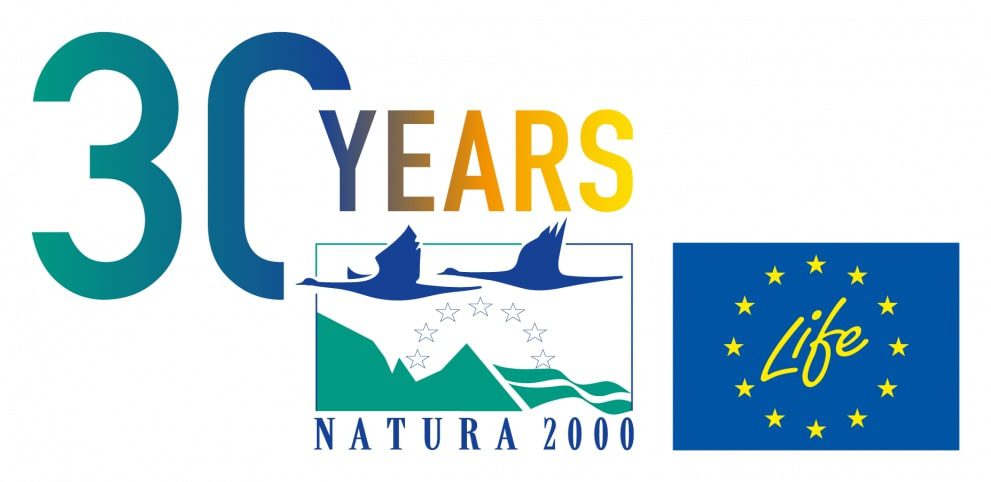The LIFE programme is the EU’s funding instrument for the environment and climate action. The general objective of LIFE is to contribute to the implementation, updating and development of EU environmental and climate policy and legislation by co-financing projects with European added value.
For the 2014-2020 funding period, LIFE will contribute approximately EUR 3.4 billion to the protection of the environment and climate.
The Programme is divided into two sub-programmes: environment and climate action.
The ‘Environment’ strand covers three priority areas:
- environment and resource efficiency;
- nature and biodiversity;
- environmental governance and information.
The ‘Climate Action’ strand covers three priority areas:
- climate change mitigation;
- climate change adaptation;
- climate governance and information.
The programme also consists of a new category of projects, jointly funded integrated projects, which will operate on a large territorial scale. These projects will aim to implement environmental and climate policy and to better integrate such policy aims into other policy areas.
The new regulation also establishes eligibility and the criteria for awards as well as a basis for selecting projects. The programme is open to the participation of third countries and provides for activities outside the EU. It also provides a framework for cooperation with international organisations.
The European Commission (DG Environment and DG Climate Action) manages the LIFE programme. The Commission has delegated the implementation of many components of the LIFE programme to the Executive Agency for Small and Medium-sized Enterprises (EASME). External selection, monitoring and communication teams provide assistance to the Commission and EASME. The European Investment Bank will manage the two new financial instruments (NCFF and PF4EE).






